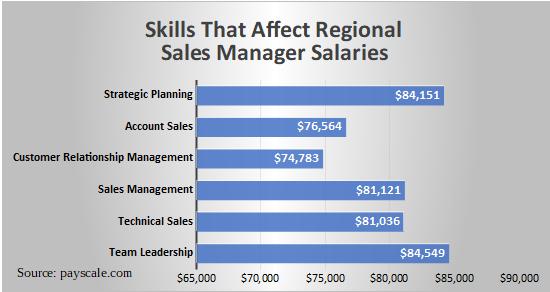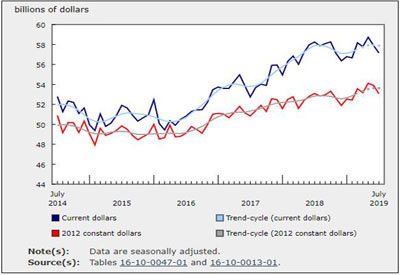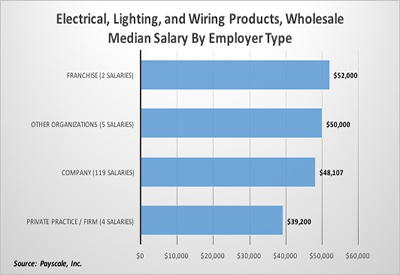A Living Wage for Millennials and the Sales Gap

Sean Dunnigan
A living wage has become a hot topic this election season, especially among young voters. It is easy to see why: according to the Canadian Centre for Policy Alternatives, inflation-adjusted tuition fees rose from $2,243 in 1991 to $6,610 in 2013. Yet between 2000 and 2011, Statistics Canada recorded that the wage gap between those with bachelor degrees and those without narrowed. Students are graduating with high levels of debt and seeing diminishing returns on their investment.
One way to overcome this is to learn a skilled trade. This is not news. It has been a major issue for more than a decade: Canada needs more skilled tradesmen and women. Statscan reported that wage growth among those with trade certificates was 8% between 2000 and 2011, compared to 2% for those with a bachelor’s degree. This is indicative of our skilled trade deficit.
For those with a bachelor’s degree, there is currently an uphill battle in earning a living wage. Real wages are stagnant or falling, and there are too many students competing for too few “dream” jobs. A collective reality check must occur.
Learning an industry in one’s 20s has huge implications for lifetime earnings. According to the U.S. Federal Reserve, the bulk of salary growth occurs during your first decade of employment. Working an unpaid internship or frequently changing industries in pursuit of one of these dream jobs can have a devastating effect on your earnings trajectory. Recent graduates need to be flexible.
Universities have failed to prepare students for this reality, and to open their eyes to other exciting careers. This is perhaps most obvious in the field of sales. Many university students view sales as a second class field, and schools have done little, if anything, to combat these misconceptions. Students are generally only considering jobs in finance and marketing departments. This, despite the fact that many senior managers came up through sales positions. Private industry must step in to correct this by reaching out to students who are still in college and university.
The electrical industry is poised to take advantage of this situation. Just look at Electro-Federation Canada’s careers section. Almost 80% of the open positions are in sales. There is a definite shortage of workers for these challenging, well compensated positions.
To fill these roles, both companies and new graduates will need to adjust their expectations. Firms may need to broaden their search and hire an inexperienced but motivated worker. Recent graduates are discouraged by job postings which read “Entry Level: 3-5 years of industry experience required.” And the candidates should be shown the inside to outside sales career path, and what that would mean to their compensation growth. Rely on the collective knowledge of your current staff to train them. Your new hire will pay you back with loyalty and dedication to the job.
With some minor adjustments in expectations from both sides, young graduates seeking a living wage can match up with an exciting industry looking for its next generation of professional salespeople.
F. Sean Dunnigan is General Manager – Western Canada for Techspan Industries Inc.; sean@techspan.ca.
For more on this topic, read Sean Dunnigan’s article “Hiring and Retaining Millennials,” http://www.electricalwholesaler.electricalindustry.ca/latest-news/839-hiring-and-retaining-millennials?utm_source=newsletter&utm_medium=email&utm_content=114&utm_campaign=2015-09-03










